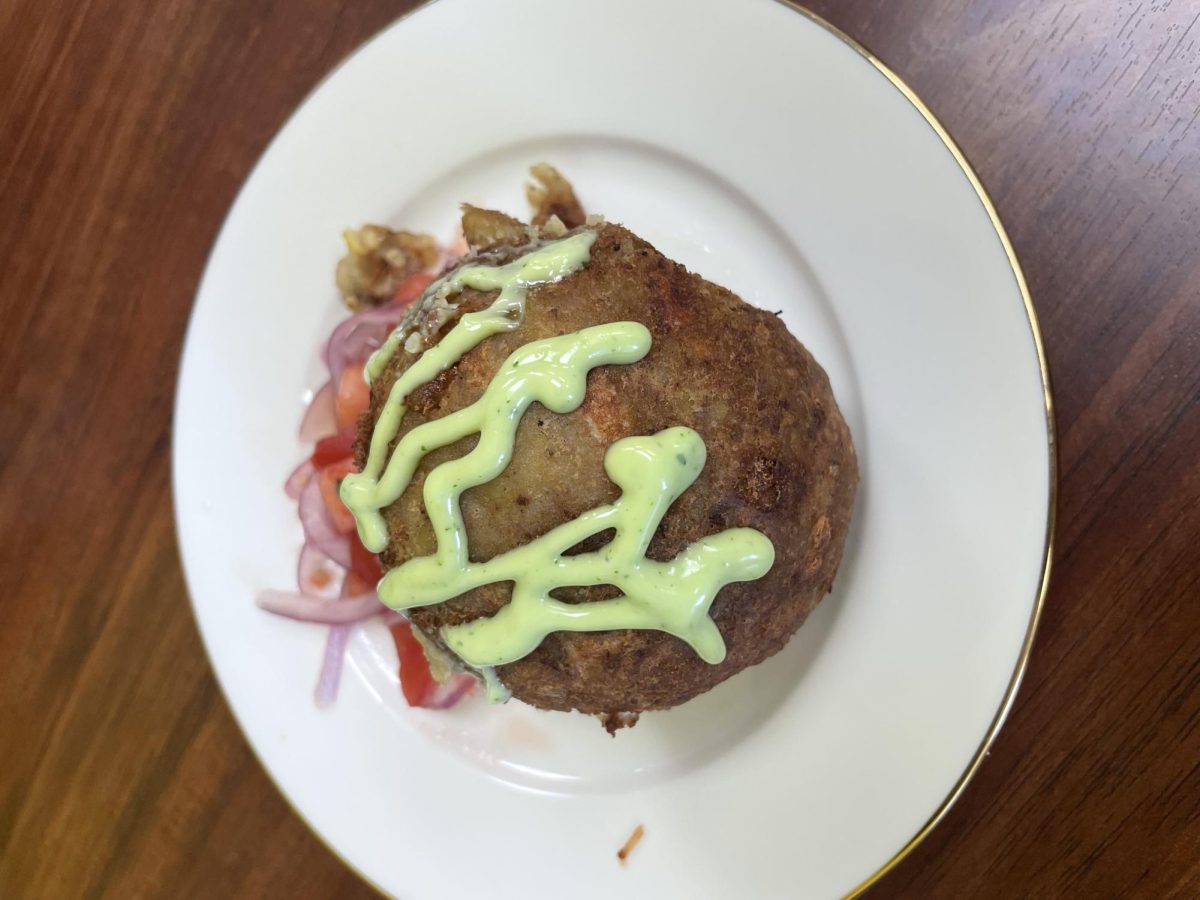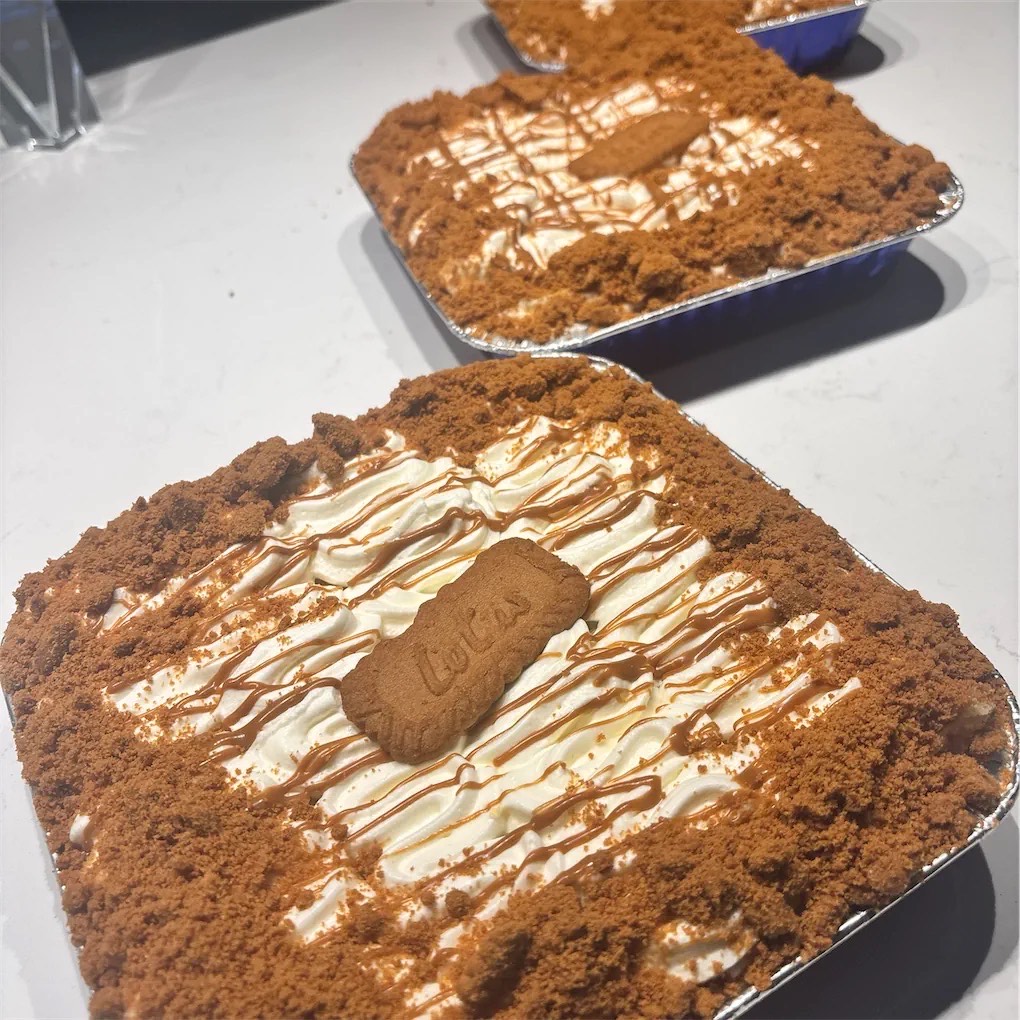When the body wakes up from its average seven to nine hours of sleep, it is dehydrated and usually starving. Everyone has a day ahead of them and needs to start with a meal that can help them concentrate and simultaneously give them the strength to continue through any aspect of their life. A much-needed meal of the day around the world, breakfast is also quite varied from country to country, continent to continent.
In ancient times, individuals in Greek and Egyptian civilizations would eat a small meal to start their day to get ready for a day full of work ahead, whether manual or more aristocratic labor. Generally, meals that were typically eaten consisted of bread, cheese and fruit.
In America today, breakfast remains quite simple, quick and — most would say — filling. Meals typically eaten in the States consist of breakfast sandwiches, cereal, French toast, orange juice and pancakes. But the most favored element of this crucial meal is also the most versatile — bacon, usually served as a side to other meals like pancakes or eggs. These kinds of foods can be found in any town in the U.S., including right here in Columbia Heights, and are ready to be enjoyed.
In South America, however, Argentina locals are known to keep their desayuno (“breakfast” in Spanish) short and sweet because of the heavy lunch they’ll eat later on. The most known treat would be the drink called yerba mate, a popular refreshment consumed all day long but especially in the morning. Made from steeping the leaves of the plant after which it’s named in water, not unlike tea but featuring more nutrients and antioxidants, yerba mate has recently started becoming readily available both hot and cold in the average American grocery store. It is so intertwined with the country’s culture that it has become part of the Argentine national identity to many Argentine people.
In Africa — or more specifically, Ethiopia — breakfast is a meal famously known for its natural spices and ingredients incorporated into the recipes. A well-known plate that is slowly gaining popularity around the world is kitcha fir-fir, also called chechebsa, which is a mixture of the words “mix” and “to spread out.” Made from ripped pieces of flatbread, clarified butter fat and spices (most commonly a berbere mix, which is chili pepper, coriander, garlic and ginger), this delectable carbo-load day-starter is typically paired with plain yogurt.
“Although I prefer a [sweet] American breakfast, I love eating savory meals in the morning too,” Melat Mezgebe (11) said. “Ethiopian dishes do give me nostalgia, but most days I crave something [like] sugary cereal or pancakes.”
Cantonese meals are also a must-try when in Hong Kong or if you find yourself adventurous in your kitchen in the morning. A popular breakfast in this region would be a different version of the common French toast made from peanut butter, condensed milk and syrup, usually eaten alongside silk-stocking milk tea, which is a Cantonese twist on the beverage staple, made specifically with Ceylon black tea and either condensed or evaporated milk. The repeated draining of the drink, filtered using a sackcloth bag, is of main importance to make the tea smoother to drink. Some other popular breakfast meals, leaning more on the savory side, include instant noodles with satay beef, macaroni soup and ham and tomato noodle soup. Back on the sweet side, pineapple buns are also common in Hong Kong bakeries, not unlike a donut or muffin in the States.
Many foods in modern-day Greece are delectable, but none such as what people eat for breakfast in the Mediterranean. Like many other cultures, the Greek people pride themselves on adding spices and savory ingredients into their recipes, especially for breakfast. Avgolemono (a lemony egg soup), ladenia (a tomato and onion flatbread) and kagianas (an egg and tomato mixture) all have a seasoned base and bright, fresh fruits and/or vegetables. Although Greece does incorporate many vegetables into filling meals, they still maintain the sweet bread life like so many others and are known for many pastries like koulouri thessalonikis (toasted sesame bread rings), bougatsa (custard wrapped in phyllo dough) and pischies (fried dough brushed with olive oil and cinnamon).
Having a vast diversity of cultures, culinary traditions and over 800 languages, Papua New Guineaians (quick geography review: an island to the northeast of Australia) usually eat their breakfast with equatorial fruits popular in many Southeast Asian countries, and these cuisines are known to be enjoyed with family and close friends. Unlike dinner in America, the first meal of the day in Papua New Guinea is the one where the most socializing and connecting occurs. A few meals eaten in this region are banana pancakes, tropical fruit salads, sago (palm stem) porridge, taro (a root vegetable commonly roasted as a side not unlike breakfast potatoes or hashbrowns), cassava (another root vegetable) pancakes and anything with coconut!
The continuous tradition to eat meals right when you wake up tto fuel you throughout the day will surely continue in history and so will the love we all have for our favorite breakfast foods — no matter if they’re old and reliable or new and exciting.










